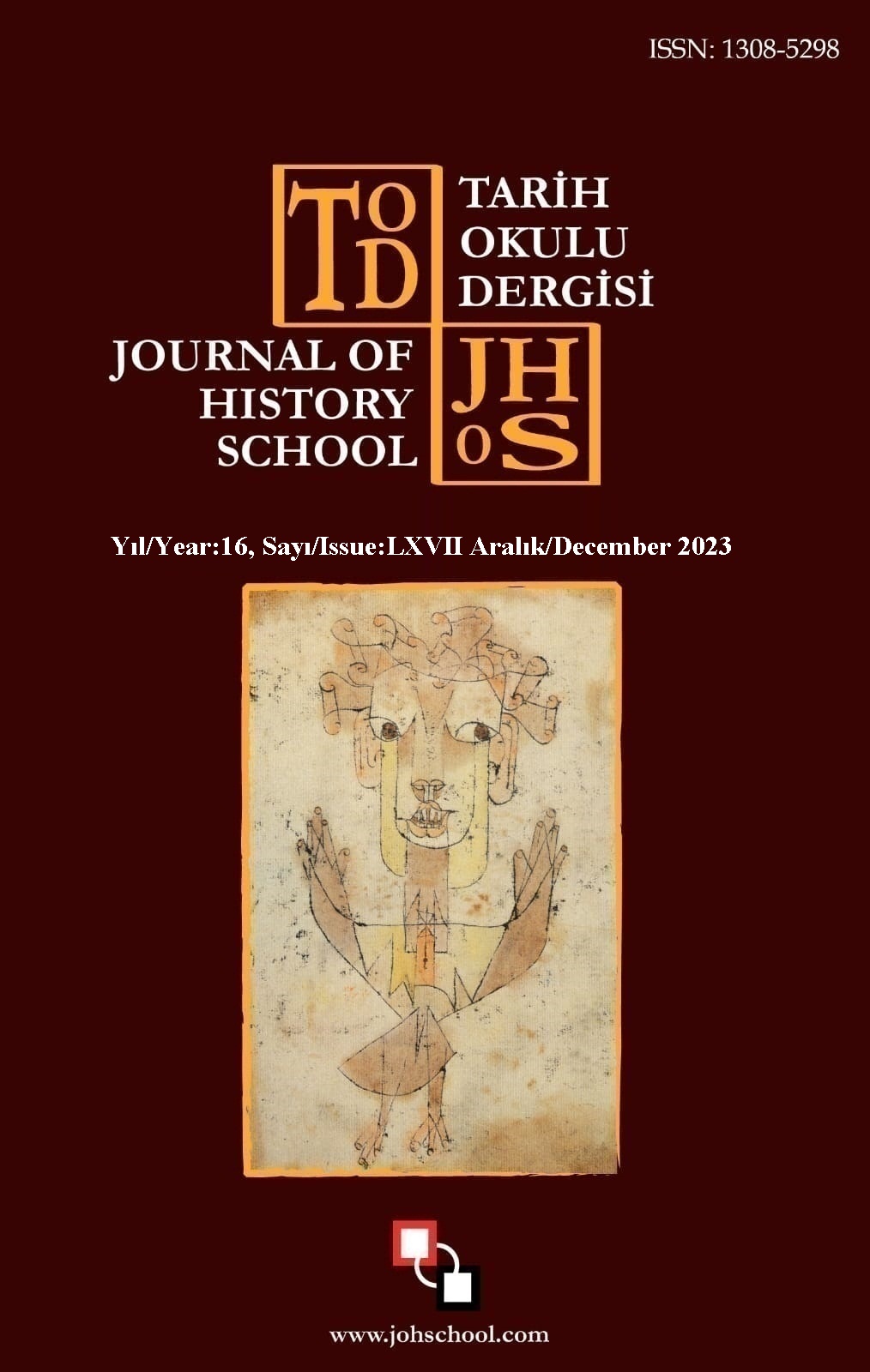Author :
Abstract
I. Ulusal Mimarlık Dönemi, Osmanlı’nın son döneminde başlamış ve Cumhuriyet’in ilk yıllarına kadar etkisini göstermiştir. Bu döneme “Türkçülük” anlayışının mimarideki biçimlenişi denilebilir. Selçuklu ve Osmanlı mimarisinin klasik özellikleri bu dönemin mimarisinde kullanılmaya devam etmiş, Batı etkili mimari ve sanat özellikleri ise genellikle kullanılmamıştır. Modernleşmenin de başladığı bu süreçte Türk Sanatının klasik özellikleri modern inşa teknikleriyle uygulanmıştır. Dönemin mimari anlayışına uygun ilk örnekler Mimar Kemalettin ve arkadaşları tarafından ortaya koyulmuştur. Çeşitli mimari yapılarla ortaya koyulan dönemin mimari ve sanat anlayışını özelllikle kamu yapıları başarılı bir şekilde yansıtır. Çalışmanın konusunu oluşturan Bandırma Hükümet Konağı’da bu dönemde yapılması istenilen bir kamu yapısıdır. Fakat Mimar Kemalettin Bey’in fiziken uygulamaya geçmeyen projelerinden birisidir. Eskiz kağıdı üzerine mimarın kendi tarafından yapılan poje çizimi 1913 yılına tarihlenir. Siyah çini mürekkebi ve kırmızı suluboyanın kullanıldığı proje tasarımında altta kat planları, üstte ise yapının ön görünüşü yer alır. Aynı zamanda Kemalettin Bey’in İnşaat ve Tamirat Müdürü ve Sermimarı olarak da imzası bulunur. Çalışmada Bandırma Hükümet Konağı proje tasarımından hareketle ayrıntılı olarak incelenmiş ve Ulusal Mimarlık Dönemi’nde inşa edilen kamu yapıları açısından değerlendirilmiştir. Proje tasarımından hareketle incelenen yapının mimari özelliklerinin bire bir dönem özelliği gösterdiği söylenebilir. Proje tasarımı uygulamaya geçmediğinden süsleme programıyla ilgili detaylı çıkarımlarda bulunmak oldukça zordur. Fakat uygulamaya geçseydi süsleme programının da bu dönemde yapılan kamu yapılarına benzer özellikler sergileyeceği ön görülebilir. Bu nedenlerle Mimar Kemalettin’in fiziken uygulamaya geçmeyen diğer proje tasarımlarının da incelenmesi Ulusal Mimarlık Akımını bütüncül değerlendirmek açısından önemlidir.
Keywords
Abstract
The First National Architecture Period started in the last years of the Ottoman Empire and had an impact until the first years of the Turkish Republic. This period can be called the formation of the understanding of "Turkism" in architecture. Classical features of Seljuk and Ottoman architecture continued to be used in the architecture of this period, while Western-influenced architectural and artistic features were generally not used. In this process where modernization began, the classical features of Turkish Art were applied with modern construction techniques. The first examples in line with the architectural understanding of the period were put forward by Architect Kemalettin and his colleagues. Public buildings, in particular, successfully reflect the architectural and artistic understanding of the period, which was revealed through various architectural structures. Bandırma Government House, which is the subject of the study, is a public structure that was desired to be built in this period. However, it is one of the projects of Architect Kemalettin Bey that has not been physically implemented. The project drawing made by the architect himself on sketch paper dates back to 1913. In the project design, where black India ink and red watercolor are used, there are floor plans at the bottom and a front view of the building at the top. It also bears the signature of Kemalettin Bey as the Construction and Repair Manager and General Architect. In the study, Bandırma Government House was examined in detail based on its project design and evaluated in terms of public buildings built in the National Architecture Period. Based on the project design, it can be said that the architectural features of the building examined have the same period characteristics. Since the project design has not been implemented, it is very difficult to make detailed inferences about the decoration program. However, if it were put into practice, it can be predicted that the decoration program would exhibit similar characteristics to the public buildings built in this period. For these reasons, it is important to examine Architect Kemalettin's other project designs that were not physically implemented to evaluate the National Architecture Movement holistically.
